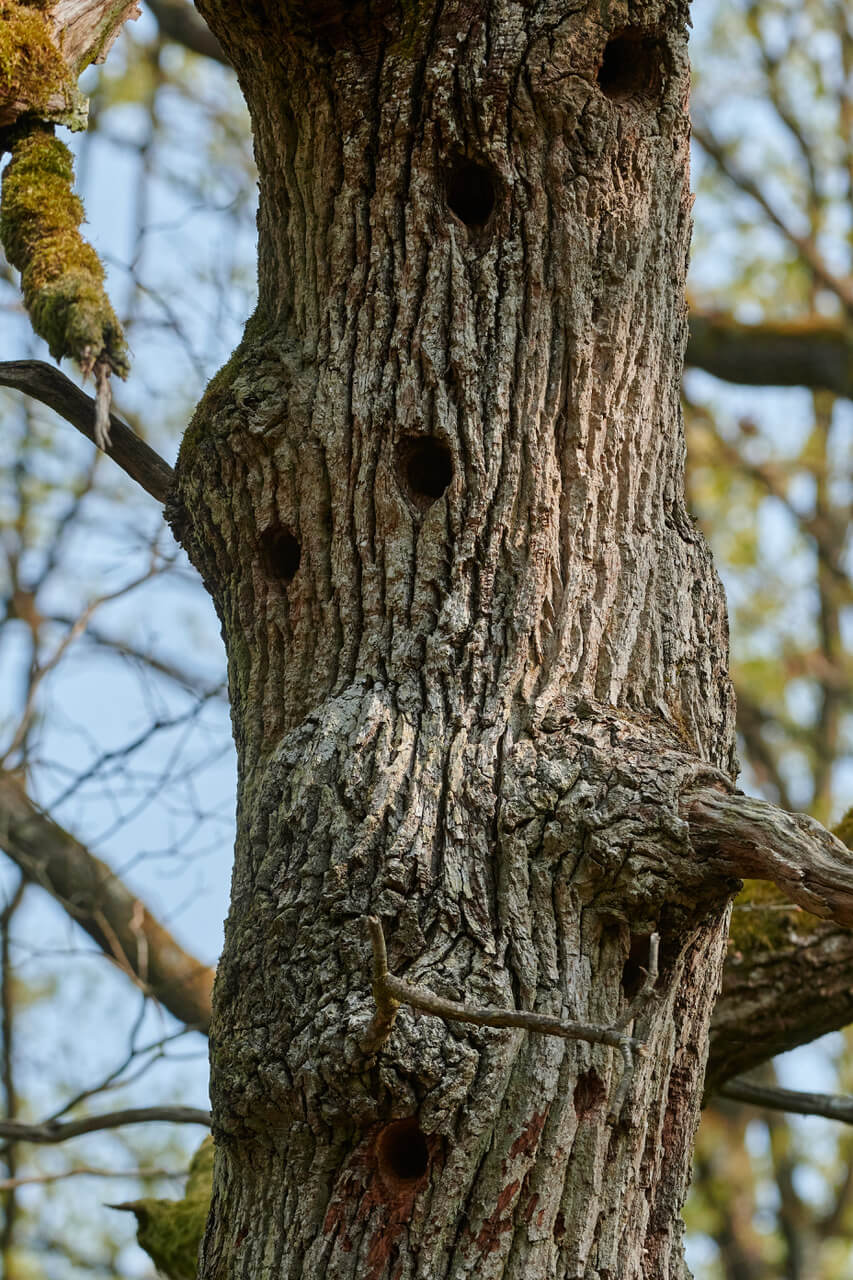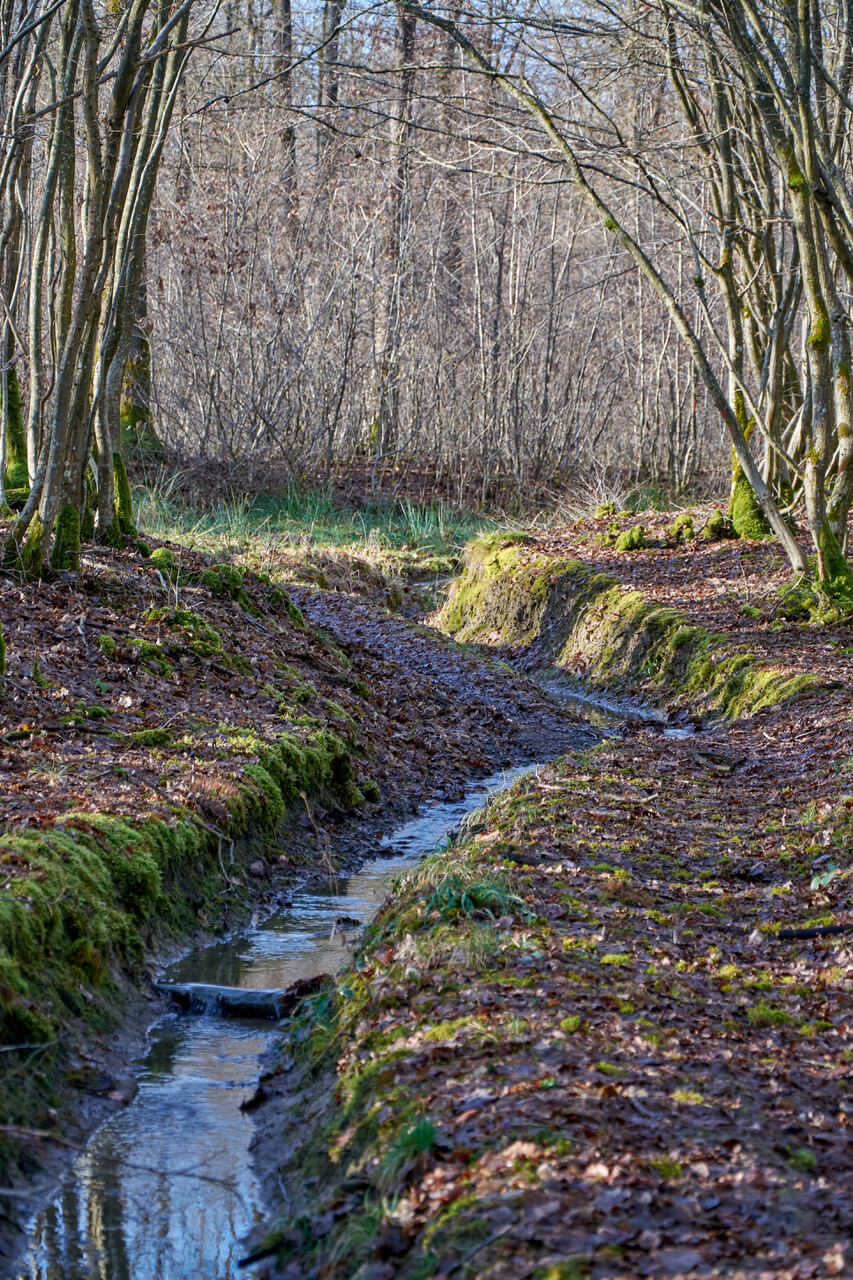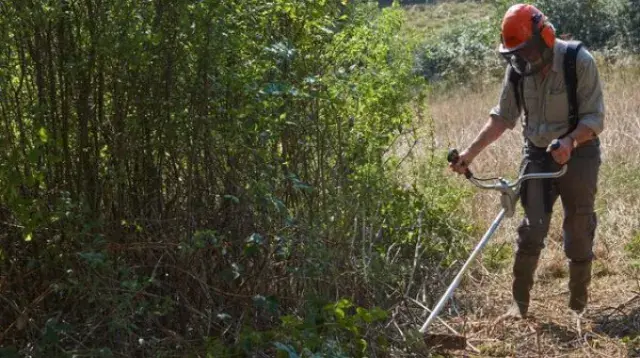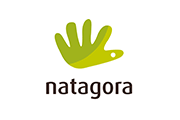
The Baquet reserve is home to species such as stands of hundred-year-old oaks, massifs of hawthorn, succisa pratensis or devil’s bits, blue-winged grasshoppers, black storks, green woodpeckers and snakes native to Wallonia that form an invaluable ecosystem.
Following the association’s initial purchase of 68 hectares, the area was officially designated a nature reserve in 2017. It has been protected since then thanks to the association’s assiduous resolve, which doggedly fought off any attempt at intensive farming and development for decades.
This regional biodiversity hot spot has been gradually expanded, hectare by hectare, to incorporate a total of 200ha, of which a large proportion has been classified a Natura 2000 site. Through successive acquisitions, Natagora ensures long-term conservation so that it can implement management, restoration and preservation programmes for these many species.



